The author, a member of the Igbo tribe in Nigeria, presents text and her own photographs of twenty-six things, from A to Z, representative of all African peoples.
traditions
Talking Eagle And The Lady Of Roses
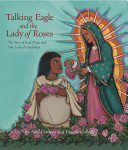
This is the traditional story, told simply and elegantly, of how Juan Diego meets the beautiful Lady on a windswept hilltop in December and carries her message to the disbelieving bishop. The Lady fills Juanz’s cloak with full-blooming roses and impresses her image on its fibers as a sign for the bishop to fulfill her request of building a house of prayers. The story tells of how, over many years, countless hands built the great church dedicated to the Lady of Roses, Nuestra Senora Guadalupe on the hill of Tepeyac. Everyone will enjoy the story of Talking Eagle and the Lady of Roses and the wild and glorious illustrations of award-winning, Taos, New Mexico, artist Amy Cordova. Also included is an informative afterword by Gene Gollogly.
Crouching Tiger
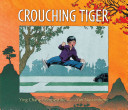
A Chinese-American boy gains a new understanding of his Chinese grandfather in this celebratory story of family, martial arts, and the Chinese New Year. Vinson is very excited when his grandfather comes from China for a visit. When Grandpa practices tai chi in the garden, Vinson asks to learn, hoping it will be like kung fu, full of kicks and punches. But tai chi’s meditative postures are slow and still, and Vinson quickly gets bored. He can’t understand why Grandpa insists on calling him by his Chinese name, Ming Da, or why he has to wear a traditional Chinese jacket to the Chinese New Year parade. As the parade assembles, however, he notices the great respect given to his grandfather and the lion dancers under his training. And when Vinson is offered a role in the parade, he realizes that being part Chinese can be pretty cool—and is ready to start learning from his grandpa’s martial-arts mastery in earnest.
The Whispering Cloth: A Refugee’s Story
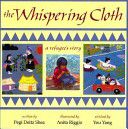
A young Hmong girl in a Thai refugee camp in the mid-1970s finds the story within herself to create her own pa’ndau.
Songs From The Loom: A Navajo Girl Learns To Weave (We Are Still Here : Native Americans Today)
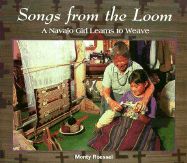
Jaclyn Roessel live in Kayenta, Arizona, on the Navajo reservation. Like most young girls, Jaclyn has many interests. She likes her math class, she plays basketball and volleyball, and she loves in-line skating. She is also interested in rug weaving, and she has asked her grandmother to teach her how to weave. For the Navajos, weaving is more than a craft or hobby. It is an important part of the culture and history of the Dine–the people. Jaclyn’s grandmother has explained that she wants Jaclyn to learn not just the technique of weaving but the stories and songs that go along with it. These stories about Spider Woman and Changing Woman have been passed down from generation to generation. In Songs from the Loom, photographer and writer Monty Roessel accompanies Jaclyn and her grandmother as they shear sheep, gather plants to dye wool, and weave a rug. Navajo rugs are highly valued and hang in museums around the world. This book looks at what the beautiful rugs mean to the Navajos.
Meet Mindy
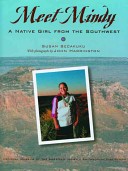
Details a day in the life of an Arizona girl of Hopi descent, looking at her family, the history of her tribe, and some traditional ceremonies and customs that are still observed today.
Children Of Clay: A Family Of Pueblo Potters (We Are Still Here)

Members of a Tewa Indian family living in Santa Clara Pueblo in New Mexico follow the ages-old traditions of their people as they create various objects of clay.
R Is for Russia
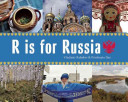
From Dacha to Winter Palace, from Easter Eggs to Kremlin, here is a photographic alphabet of everything we love best about Russia. The Russian Federation is a vast land of forests and steppes, deserts, rivers, lakes and big cities. Over centuries of splendour, revolution and change, our country has produced some of the greatest scientists, sportsmen and women, writers, dancers and composers in the world. As you turn the pages of this book, you will see many of the things which make Russia so special: its fine palaces and churches, its musical and cultural traditions, its magnificent scenery and spectacular winter landscapes – and you will also see the food, the sports, as well as ordinary Russian people going about their everyday lives.
Dragons of Silk
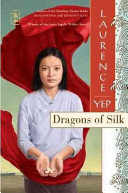
Four generations of Chinese and Chinese-American girls, beginning in 1835, are tied together by the tradition of raising silkworms and the legacy of the legendary Weaving Maid.
The Kampung Boy
Lat recounts the life of Mat, a Muslim boy growing up in rural Malaysia in the 1950s: his adventures and mischief-making, fishing trips, religious study, and work on his family’s rubber plantation. Meanwhile, the traditional way of life in his village (or kampung>) is steadily disappearing, with tin mines and factory jobs gradually replacing family farms and rubber small-holders. When Mat leaves for boarding school, he can only hope that his familiar kampung will still be there when he returns.
